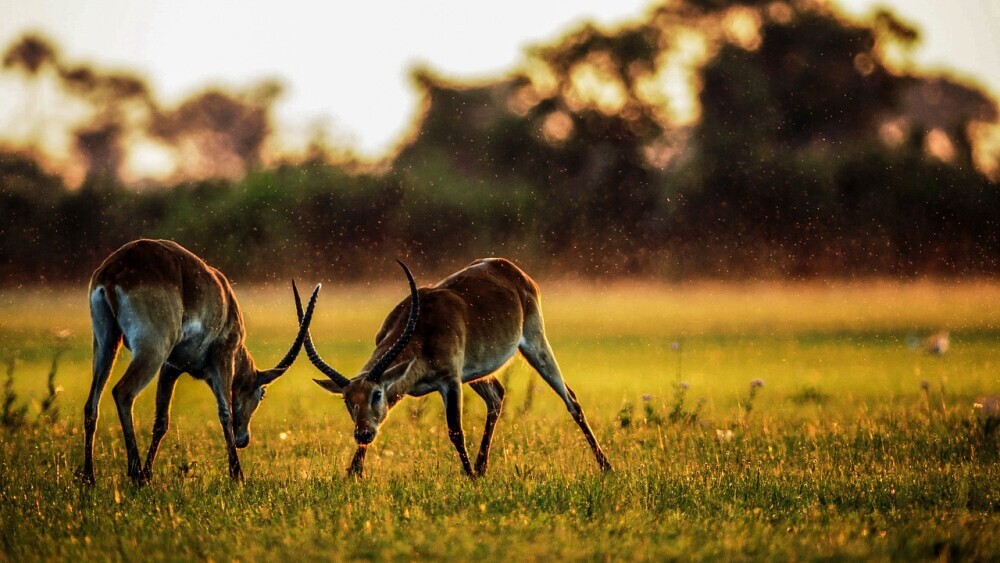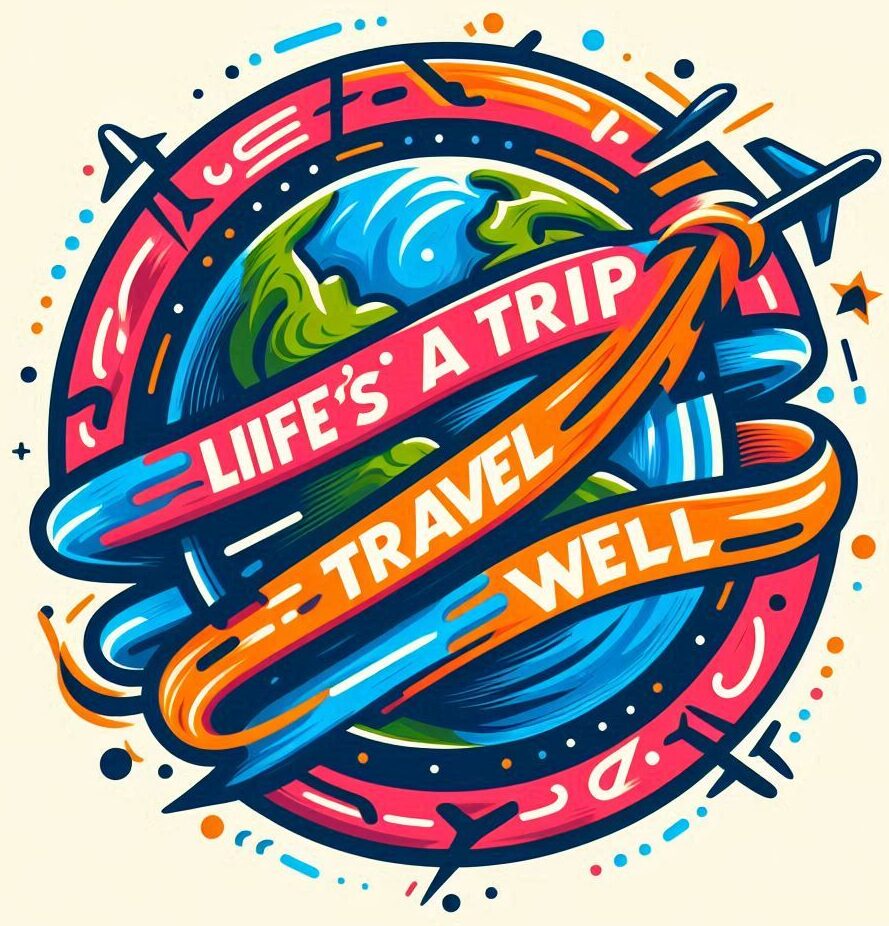
Animal tourism’s kind of a big deal right now, bringing in folks from all over to see and experience wildlife. But what exactly is animal tourism, and where did it all start? Put simply, it’s all about any travel activities that involve animals – think safaris, zoos, or swimming with dolphins.
Let’s take a walk down memory lane. For ages, humans been traveling to see animals, from ancient times when people toured exotic lands to the modern-day adventure-seekers wanting that up-close wildlife encounter. Over time, animal tourism’s morphed from simple curiosity into a global industry with serious economic chops.
Now, onto the numbers. Animal tourism contributes massively to local economies worldwide, providing jobs and boosting urban development in tourist hotspots. Cities and towns often rely heavily on these tourism dollars.
Culture and tradition also play major roles in the animal tourism scene. In many places, engaging with specific animals is deeply rooted in local heritage and customs, adding another layer of attraction for tourists. For travelers, understanding this cultural link can enhance their experience and appreciation.
Ethical Concerns: Are We Exploiting Wildlife?
Animal tourism ain’t all sunshine and rainbows. When we talk ethics, we’re hitting some heavy stuff. There’s a fine line between helping out with conservation efforts and straight-up exploiting animals. Sometimes, what looks like a loving interaction can be harmful.
Take riding elephants, for example. It might seem fun, but the training often involves harsh methods that leave elephants physically and mentally harmed. And those cute animal selfies? Some of these animals are captured or bred in captivity far away from their natural homes just for tourists.
Sure, there’s the thrill and wow factor of close animal encounters, but at what cost? Often, the joy is short-lived for visitors while the animals face long-term stresses, or worse, abuse, from continuous human interaction. Spots that market themselves as animal sanctuaries might actually prioritize profit, putting animal welfare on the back burner.
How can you tell the real sanctuaries from the quick-cash traps? It’s tough, but doing a bit of homework before visiting helps. Look for places accredited by reputable animal welfare organizations, check reviews, and ask tough questions. Supporting true ethical operations ensures your experience isn’t just guilt-free but genuinely beneficial to the creatures you admire.
The Effects of Animal Tourism on Wildlife

Animal tourism doesn’t just affect the humans involved; it can have serious consequences for the wildlife, too. Animals might go through physical and mental suffering as a result of constant human interaction. Stress-related behaviors like pacing, excessive grooming, and even self-harm can show up, all signs that the animals ain’t loving the attention like you’d think.
Certain species get seriously impacted. Take marine creatures, for example. Swimming with dolphins is popular, but these activities can stress them out big time, disrupting their natural behavior and sometimes even diminishing their lifespan.
There’s also the risk of accidents when you mix humans and wild animals. It ain’t just harmful to the animals – it can put people in danger too. Animals could behave unpredictably, feeling threatened by the human presence or the conditions they’re kept in.
Animal habitats don’t escape the impact either. Heavy tourist foot traffic can damage crucial environments. Pollution, habitat destruction, and disruption of animal routines are common side effects when tourism turns the natural world upside down.
If you’re keen on wildlife tourism, being aware of these impacts makes you a more conscientious traveler. Supporting businesses that prioritize animal welfare and are transparent about their practices is one way to contribute positively. It’s all about leaving a lighter footprint and making sure animals get to thrive without our constant interference.
Balancing Tourism and Conservation: What Can Be Done?
Animal tourism doesn’t need to be a lose-lose situation. There are ways to enjoy wildlife while ensuring their well-being isn’t compromised. Responsible travel is key, and it’s all about making choices that support, not harm, the environment and animals.
Eco-tourism’s stepping up as the hero here. It’s all about merging adventure with conservation, giving travelers a chance to experience wildlife responsibly. Successful models exist worldwide, showing that it’s not just about profit but also about preserving nature for future generations.
Policies and regulations play a big part in keeping things right. Governments that set strong laws to protect wildlife and control tourist activities make a huge difference. These rules can create a safe, ethically sound playground for people and animals to coexist happily without the exploitation factor creeping in.
For the average traveler, making ethical choices is simpler than it seems. Opting for tours that emphasize minimal ecological impact, supporting local conservation projects, and staying informed about the practices of places we visit, all help. We don’t need to give up remarkable wildlife experiences—just reshape how we approach them.
The Way Forward: Promoting Ethical Engagement with Wildlife

Let’s talk solutions. Educating both tourists and operators is crucial in shifting towards more ethical practices in animal tourism. It starts with awareness and understanding—and that involves everyone from local communities to international travelers.
Tech’s got a place in this fight too. Innovative tools like wildlife tracking apps or virtual tours can help reduce the need for disruptive human presence. Plus, folks can learn about animals’ lives up close without physically intruding into their spaces.
Community efforts are another powerful tool. By supporting projects that involve local populations in conservation, the benefits of animal tourism can be shared more equitably. These initiatives often ensure that tourism doesn’t just benefit the few, but the entire community, providing livelihoods while respecting wildlife.
Collaboration is key. When governments, NGOs, and travelers unite to promote ethical practices, real change can happen. By creating networks of responsible tourism advocates, we can collectively push for better standards across the globe. This doesn’t just maintain a high standard of animal welfare, it also ensures the experience remains authentic and enriching for everyone involved.
